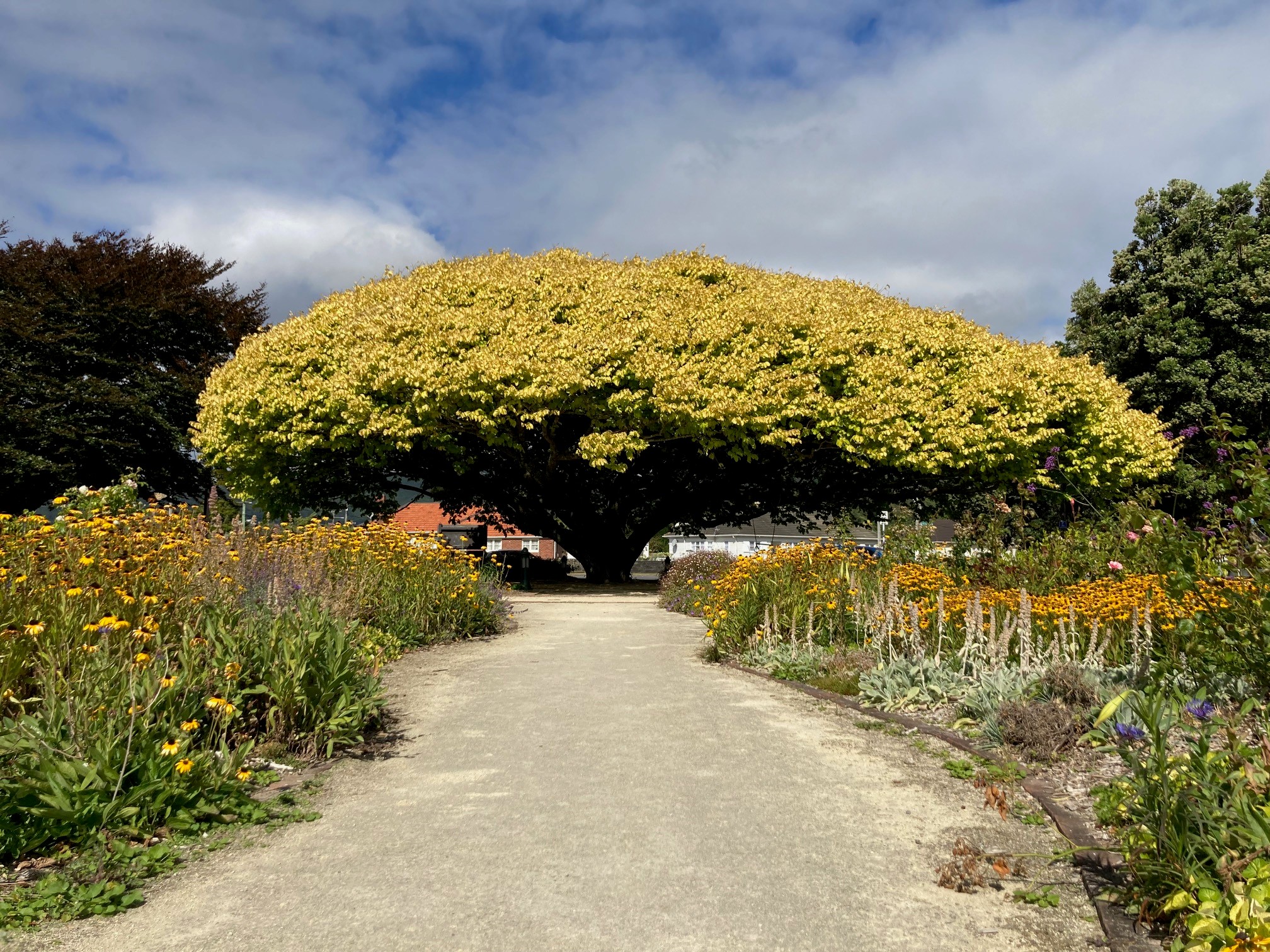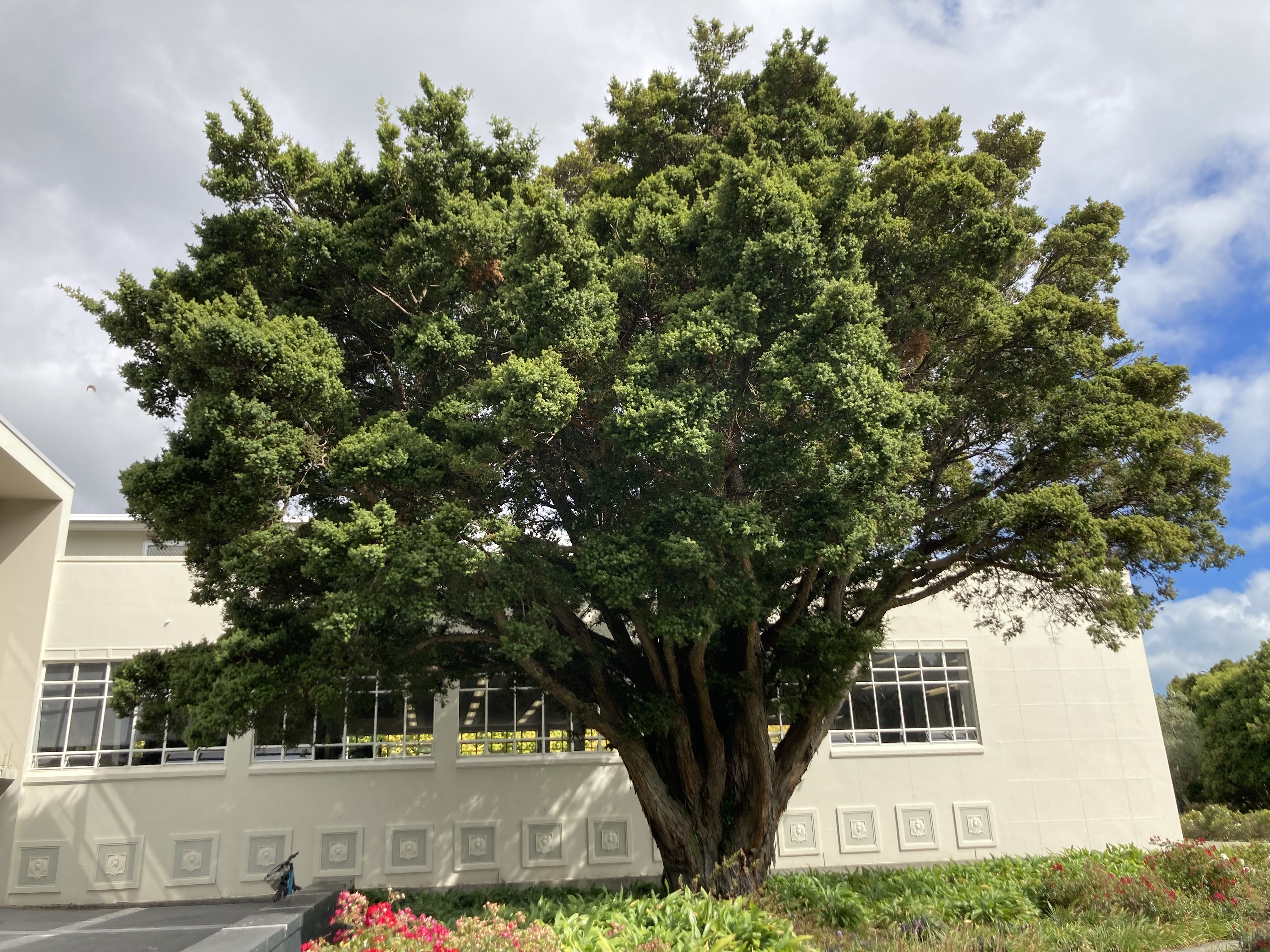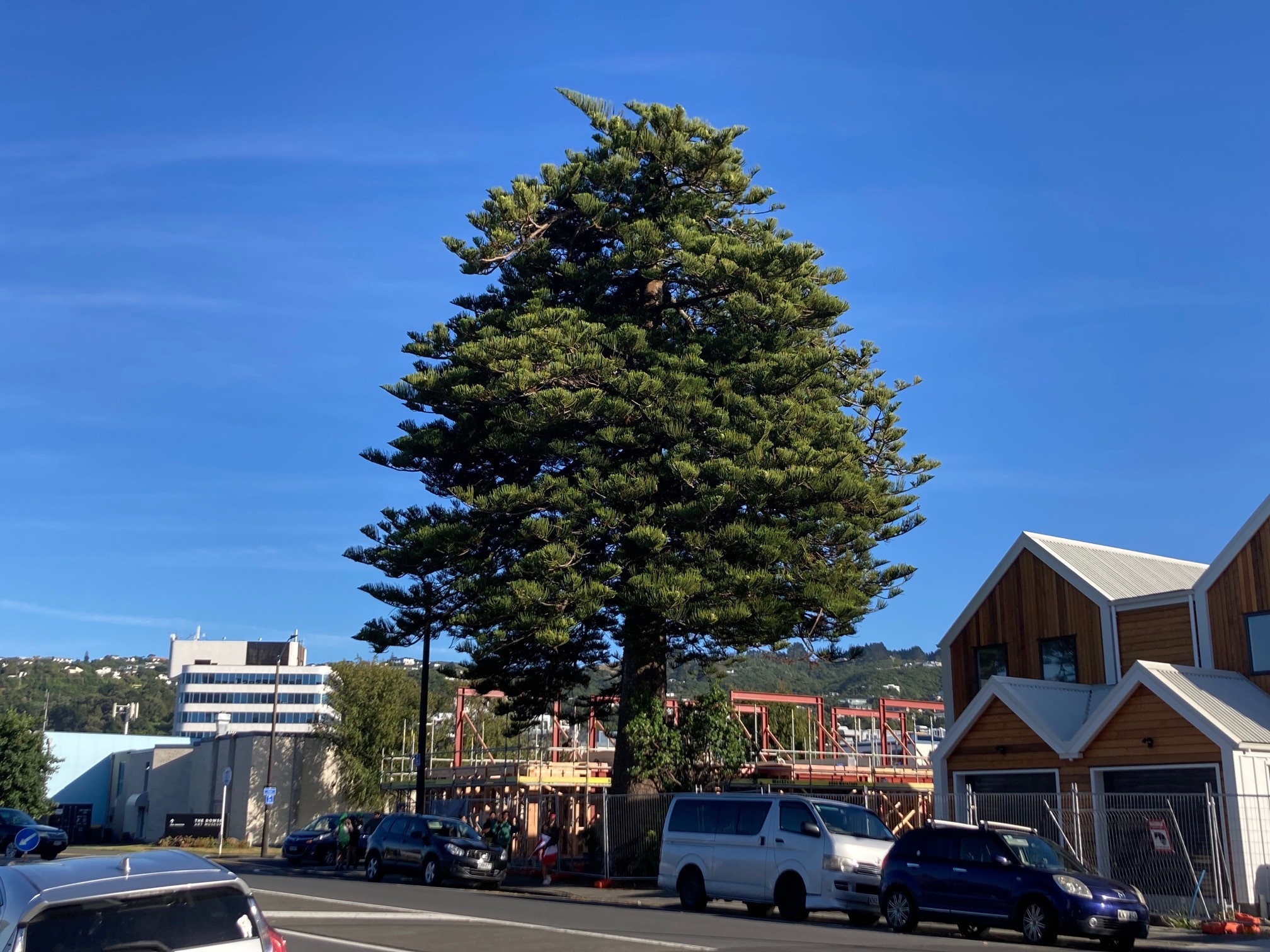Find out about the great trees in Lower Hutt and how we’re helping protect them for future generations.
How we're protecting the special trees across our city
Lower Hutt has more than 140 notable trees on public and private land that are cared for and protected by Council through our District Plan.
From the Golden Elm at Mitchell Park to the Eastbourne Kauri commemorating fallen World War I soldiers, these trees are part of the history and identity of our communities.
We’re reviewing the list as part of updating the District Plan and arborist assessments are underway following further public nominations in March 2024.
The significance of a notable tree may be linked to its visual features, its connection to our local heritage, or the botanical value the tree brings to our local landscape.
An arborist is reviewing and assessing nominations against the STEM criteria. If our arborist requires a site visit to finalise a STEM assessment, we’ll contact the property owner for permission. Trees that meet the requirements will only be added to the register with the owner’s agreement.
To see a map of Lower Hutt's Notable Trees use the District Plan layer in our online maps
See a map of Lower Hutt’s Notable Trees
A notable tree may have any of these characteristics:
- It acts as a significant landmark or is visually prominent in the community
- It is large, healthy, of good form and an attractive addition to the area
- It is of a significant age and in good health
- It is locally meaningful in some way, as a connection to heritage or cultural values, or
- It is a rare example of its kind
What it means to have a notable tree on your property
- The property owner must give permission before a tree can be added to the register. We talk with property owners as part of the assessment process
- Council assists financially with trimming and maintenance for the health of the tree
- A notable tree can only be removed or significantly trimmed when it is a threat to life or property, and permission must first be sought from Council
How we assess notable trees
- Nominations are assessed by our qualified arborist against the Standard Tree Evaluation Method (STEM).
- STEM is a method used by Councils across the country to determine whether a tree is notable.
- Trees are scored on several criteria, including their form, age, health, stature, historic value and scientific value.
- If a tree scores 120 or higher in the STEM assessment the tree can be considered further for protection in the District Plan. A lower score of 100 is set for trees that are indigenous to Lower Hutt.


